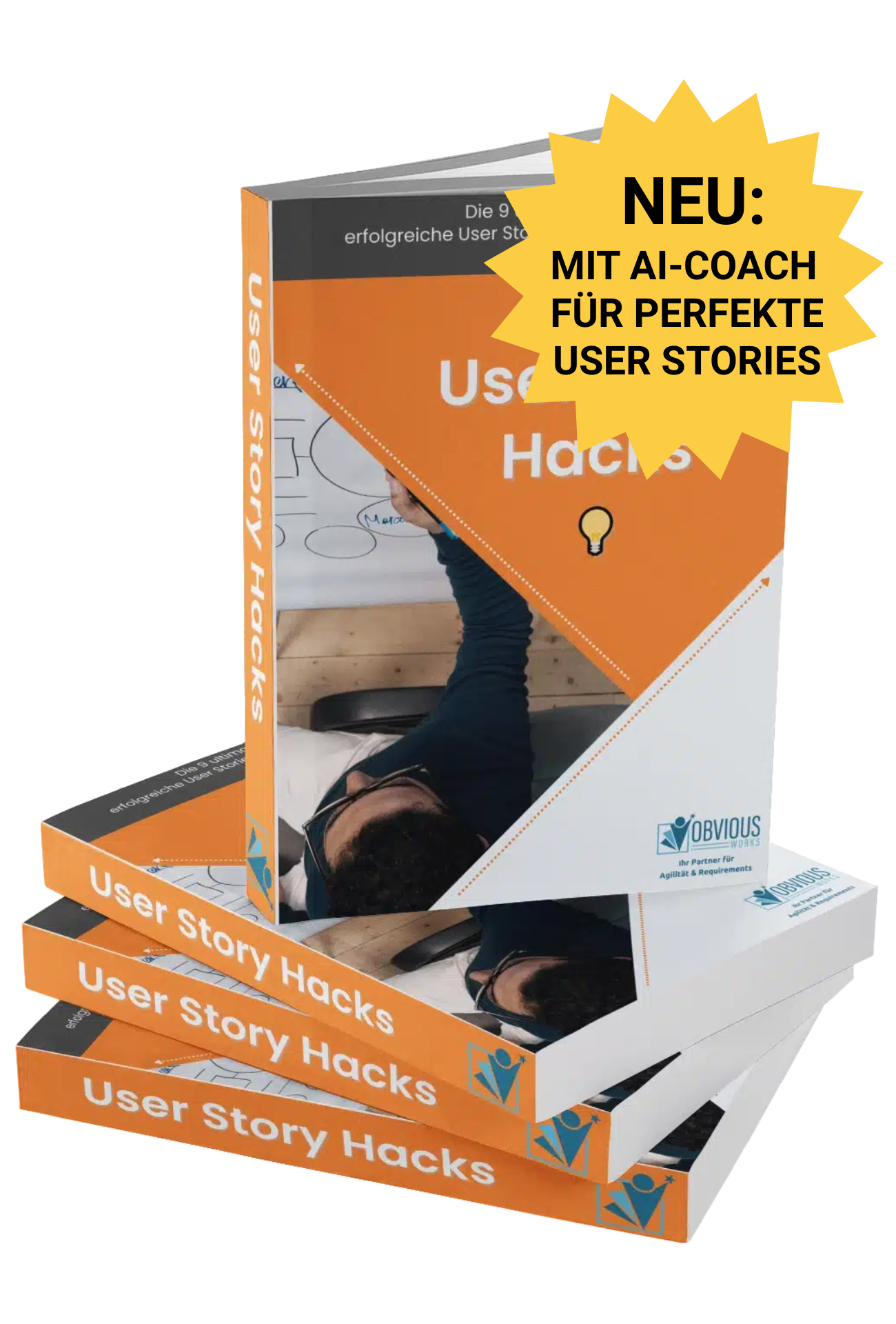On August 7, 2025, OpenAI made GPT-5 available to the general public. The new version offers significant advances in the areas of programming, mathematics and complex logical reasoning. For the first time, the system itself decides whether a quick answer or a more in-depth solution is required for a query. This eliminates the previous choice between different models.
Prices and availability
GPT-5 can be used free of charge by all ChatGPT users in a limited version:
-
10 messages every five hours with the complete GPT-5
-
Then automatic changeover to GPT-5 Mini
-
One GPT-5 thinking message per day
ChatGPT Plus ($20/month) offers 160 messages per three hours, ChatGPT Pro ($200/month) unlimited access. GPT-5 is also integrated with Microsoft Copilot, GitHub Copilot (paid plans) and Azure AI Foundry.
Prices for API usage start at $1.25 per million input tokens. "Mini" and "Nano" variants are cheaper. A token caching mechanism reduces the costs for repeated entries by up to 90 %.
Key technical data
-
Estimated 300 billion parameters
-
Training: January to April 2025 with around 25,000 GPUs (mainly Nvidia H100/H200)
-
Context length: up to 272,000 tokens
-
Benchmarks:
-
94.6 % Accuracy in AIME-2025 math problems
-
74.9 % for SWE-Bench coding tests
-
88.4 % for GPQA Scientific Reasoning
-
84.6 % with VideoMMMU (up to 256 frames)
-
-
Reduction of factual errors by 45 % compared to GPT-4o
-
80 % fewer hallucinations compared to o3 in thinking mode
-
Knowledge cutoff: September 30, 2024 (Mini/Nano: May 30, 2024)
GPT-5 uses a standardized system architecture with automatic intelligence routing. Four reasoning levels are available via the API. For developers, there are additional functions such as user-defined tools, control of the output quantity ("verbosity") and formal grammar restrictions.
Market environment and competition
OpenAI is positioning GPT-5 well below many of its competitors with aggressive pricing:
-
OpenAI: $1.25 / $10 per million tokens (input/output)
-
Anthropic (Claude Opus): $15 / $75
-
Google (Gemini 2.5 Pro) and others: similar price ranges
In January 2025, the Chinese company DeepSeek published a powerful, open-source model with significantly lower development costs. This has noticeably intensified competition in terms of efficiency and costs.
Reactions from competitors:
-
Anthropic: Claude 4 and Opus 4.1 with a focus on programming
-
Google: Gemini 2.5 Pro with "Thinking" functions and up to 2 million tokens Context
-
Meta: Llama-4 family as open source models
-
xAI: Grok 4 Heavy with slight advantages in individual benchmarks, Grok 5 announced for the end of 2025
Market development
According to current analyses, ChatGPT and Microsoft Copilot together hold a market share of around 74 %. Google Gemini is at around 15-20 %, Claude is growing particularly in the developer sector. Around two thirds of all organizations already use LLMs.
Forecasts:
-
LLM market volume by 2030: $36.1 billion (annual growth: 33.2 %)
-
Total expenditure on generative AI 2025: $644 billion (+76.4 % compared to the previous year)
-
McKinsey estimates that 30 % of GenAI projects could fail - mainly due to unclear business benefits and high costs
Conclusion
With GPT-5, OpenAI is pursuing the goal of combining performance, reliability and broad availability. In addition to further technical development, the company is focusing on integration into existing platforms, competitive prices and easy accessibility. The market for large language models is becoming increasingly diverse, with clear specializations and increasing competition, including from the open source sector.
Matthias (AI Ninja)
Matthias puts his heart, soul and mind into it. He will make you, your team and your company fit for the future with AI!
About Matthias Trainer profile
To his LinkedIn profile



